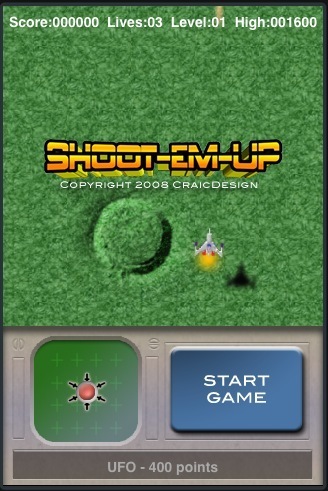Augmented Reality is kinda hot right now and despite some detractors who may wonder at the utility of it, I reckon it’s only going to get hotter.
The utility of AR for advertising is the first issue to overcome.
Layar
Layar is an app on Google Android for overlaying information onto the camera. In the demo, they show off the ability of overlay property search details onto the camera view – useful if you’re looking for a house in a particular region.
ARToolkit on iPhone
This is an app for generating augmented reality objects using QR-type codes. These codes can be translated into 3D objects which can, to a degree, be manipulated. They can be viewed from any angle. ARToolkit is an app for developing these virtual objects.
Nearest Tube
Does for iPhone and London Tube stations what Layar was doing for properrty searches.
For the Military
Military uses for Augmented Reality have been evident in just about every movie ever since we could do computer graphics. The earliest that I remember is actually the scene in Star Wars: Return of the Jedi when they were discussing the Battle over Endor. But here’s a military use which seems modern and practical.
Ahrrrr!
There’s also been a Zombie Shooter Game called Ahrrrr! which uses a AR-map and a camera-equipped MID to visualise objects and integrate them into the game. It’s not the best demo because I think it would kill my back but it’s interesting in the interplay between AR-objects (buildings, zombies) and real objects (candies).
ARvertising
ARG Advertising is going to be prevalent but I think it may not be as pervasive as we fear. Unless AR-detection is built into goggles or these magazines provide their own app or adopt a platform, these AR-objects will never be seen.
There is a danger of AR becoming an argument of ‘have versus have-not’ but this is no different to the argument of a decade ago with the Internet or of previous arguments of colour televisions and the move from radio to television.
The opportunity I see for augmented (layered) reality is in the telling of stories and the playing of games – especially in Alternate Reality Games. Being able to finagle a game into your everyday life – imagine being involved in a True Lies or Who Dares Wins style plot while going about your daily business.
